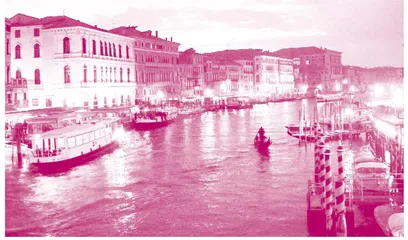Module 6 The World’s Culture Heritage

跟踪导练(一)
阅读理解
In many countries in the world, public money is mostly used for preserving architectural heritage in different ways. In my opinion, these funds are being spent effectively in this way. Old buildings such as historical buildings should be protected and turned into wonderful places for learning and visiting so that we can gain appropriate benefits from them.
Personally speaking, using public funds for architectural heritage preservation is accurate as the society can take numerous advantages from this. First of all, these historical buildings, palaces, shrines (圣祠)…… are striking evidences for past lives and buildings. For example, before cameras were invented, there was no way to show how a life of a king was during his age. However, with his castle and exhibits, researchers can build up assumptions. The second considerable benefit of preserving architectural heritage is for tourism. Every year, my country welcomes thousands of visitors to its ancient capital, which contributes greatly to the province’s income.
Among distinct types of old buildings, I suggest preserving historical one as a studying and attraction spot. This is because, along with tourism purpose, old houses and palaces surviving throughout time, witnessing the country’s important events are huge material for both students and researchers. Schools can use them for practical history lessons, which help children to learn more effectively.
To sum up, spending public money for protecting architectural heritages is a brilliant choice of most governments in the world. Besides, I think we should concern more about preserving historical buildings, turn them into visiting and learning areas in order to get the best out of them.
1. What is the author’s attitude to using most public money to preserve architectural heritage?
A. Doubtful. B. Favorable. C. Unsupportive. D. Carefree.
2. What is one of the advantages of using public funds to protect architectural heritage?
A. Making money. B. Gaining inspiration.
C. Preparing for future. D. Improving the environment.
3. Why do schools use historical buildings?
A. To protect architectural heritage. B. To conduct research in the field.
C. To help increase students’ knowledge. D. To improve students’ communication skills.
4. What can be the best title for the text?
A. Ways of Architectural Heritage Protection
B. Architectural Heritage Is a Treasure of Society
C. Benefits from Architectural Heritage Protection
D. Views on Using Public Money for Architectural Heritage
阅读七选五
The Science of Happiness
Everyone wants to be happy. Some argue that the main reason people do the things they do is to become happier. Others argue that happiness is a basic human right. 1 What really makes people happy?
Measuring happiness.
Social scientists usually count happiness simply by asking how happy people are. 2 Ed Diener, an expert on happiness from the University of Illinois, says that this is an effective way of getting information about people’s happiness.
3
In one study, researchers asked people in different parts of a country, “How satisfied are you with your life?” People in parts of the country with nicer weather said they were more satisfied with their lives. They said they lived better than people from a city with bad weather.
Money and happiness.
Researchers have examined the relationship between money and happiness for many years. They say that very poor people are less happy than rich people. 4 If you have a home, food and clothes, extra money doesn’t make you happier.
What makes people happy?
According to researchers, there are three things that make people happy:
◆Having close relationships with people—family and friends. 5
◆Believing in something. This could be a spiritual view or a special philosophy in life.
◆Having goals that you find enjoyable and interesting. This means that your life has a purpose.
A. But what is happiness?
B. Weather and happiness.
C. Highly-paid jobs can make people happy.
D. Most people are satisfied with their lives.
E. But lots of money doesn’t make you happier.
F. They ask people the question “How happy are you from 1 to 10?”
G. The closer and deeper the relationships are, the better for your happiness.
1. ______________ 2. ______________ 3. ______________ 4. ______________ 5. ______________
跟踪导练(二)
完形填空
There’s a tiny town called Waterford in Eastern Ohio. Every other year something very 1 happens there—a 2 that turns an entire town into one big 3 . These days, apple butter is still cooked onsite in the 4 method, stirred (搅拌) for hours in huge kettles over open fires.
Making apple butter isn’t 5 , but it has to be done right. The fire can’t be too hot, or too cool. You can’t stir too fast, or too slow. And above all, the stir stick can never 6 . It’s all about getting people together. Strangers are 7 and passersby are waved over to the stir for a 8 .